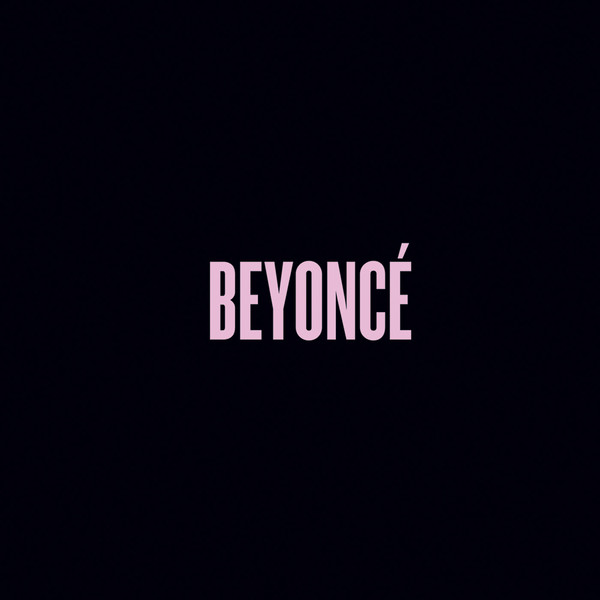
Like most people born after the technological threshold of 1990, I was never granted the experience of listening to an album for the first time in unison with the rest of the world. Now, we hear music in fragments. An album’s debut is funneled through a number of different channels like a river breaking into countless tributaries, reaching our ears through a fractured mode of transport.
Leaks, Youtube fragments, radio singles and low-quality streams have become the norm for experiencing an album’s release. The music industry has configured itself around the fear of a piracy-literate, attention-deficit audience that requires an immediate blast of sugary hooks and over-stimulation in order to listen to an album for longer than 30 seconds.
Naturally, if any artist was going to demand attention for longer than a fleeting moment, it would be Queen Bey herself.
Like a megaton bomb quietly falling from the heavens, Beyonce’s self-titled fifth album sent instant shock-waves across the world without warning. Within three hours of its completely unannounced release the night of Dec. 16, 2013, 80,000 digital copies were moved across the United States. On the following Friday night, 430,000 people had the album tucked away on their computers. Seventeen days later, her U.S. sales had climbed to 1.3 million copies.
This feat would be impressive for any artist, but Beyonce’s sales proved the music industry’s deeply held assumptions about consumer habits to be wrong in countless ways. Her album had no fanfare as a prelude. The PR was nonexistent. There were no singles peppered across Top 20 radio to build hype. Consumers could not rush to their favorite megastore to pick it up, either.

“Beyonce” was not only an iTunes exclusive, but quickly became the fastest selling album in iTunes’ history.
Most mainstream pop artists tremble at the prospect of the much-feared, money-murdering album leak. Labels have developed an arsenal of tricks to combat the piracy war, but all of them seem like dull spears compared to the glistening guns of the headless piracy network. Many albums undergo extreme price cuts in order to keep sales high for physical releases, and digital releases have faced sales as low as 99 cents for an entire album.
“Beyonce” had no sale. No discounts. All of those 1.3 million buyers paid the same price: $15.99. Granted, that price included a short video that accompanied every track, but that $15.99 did not include any packaging, any liner notes, anything that consumers could feel against their skin.
Oh, and it’s worth nothing that “Beyonce” isn’t the most easily digestible pop album of her career. Numerous tracks flirt with the same brand of industrial, moody minimalism that kept “Yeezus” off the radio and on top of critics’ year-end lists.
Beyond the dizzying numbers, Beyonce’s silent powerhouse created something more unheard of in the digital age than mere sales: Beyonce created a uniform, universal conversation about her album that wasn’t subjected to the dismembered pathways of online distribution. Within 12 hours of “Beyonce”‘s release, 1.2 million tweets about the album lit up Twitter.
Such an unexpected success story may only be feasible for someone in Beyonce’s position. Smaller labels and their artists rely on commercial promotion, teaser singles and extensive online advertising in order to garner the type of sales that make an album profitable. But “Beyonce” serves as an indispensable reminder that despite the increasing influence of financial gain on the creation and distribution of music, artists can still have the power to decide how and when audiences experience their art.
